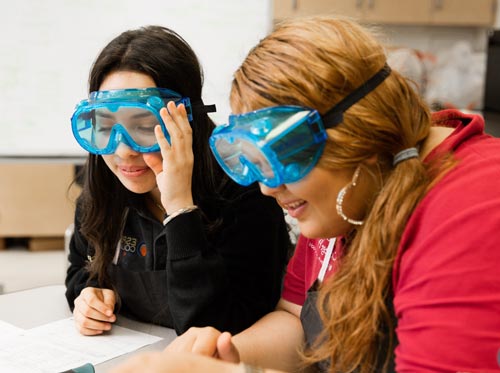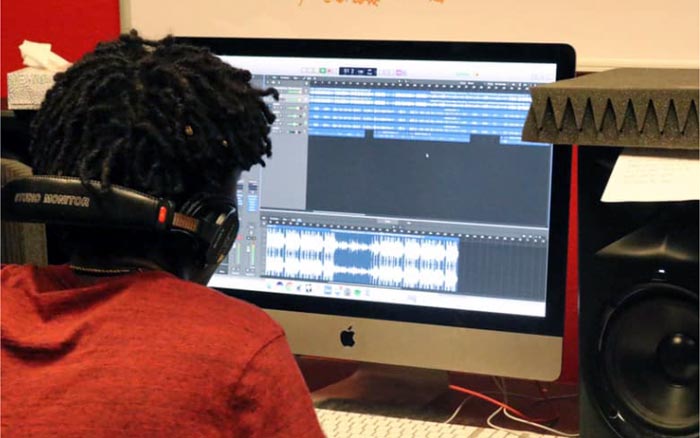
When formal education began, schools borrowed guiding principles, like standardization and structure, from the factory systems developing at the time. School became a place where rigid structures and policies batched learners of the same age together and engaged them in the same content through the same activities at the same pace. This one-size-fits-all approach results in only some learners experiencing the level of support, or challenge, they need—holding some learners back from more advanced content and activities and leaving others behind. However—for all young people to succeed—the focus, pace, and sequence of learning, as well as the resources and supports provided, must be tailored to each learner’s development and needs. This ensures that all learners have what they need to be successful and that those who need more receive more.

Customizing learning experiences in response to the ways in which young people vary can increase motivation, engagement, agency, and learning. In fact, for experiences to be truly relevant to and intellectually challenging for every learner, at least some degree of personalization is essential. This is because every learner is unique and has different needs based on what they value and want to achieve, where they are developmentally, and more. By increasing customization in all learning environments, more learners can receive personalized academic and social experiences that support their developmental needs; educators can become masterful interventionists and relay just-in-time support to every child; and classrooms can become safe places that promote continuous progress while also fostering a respect for differences. By customizing learning in response to these differences, and by ensuring that learners who need something more or something different receive it, our education system will become more effective for all.
This Leap Means…
- Learners following a variety of pathways in regard to the how, when, and what of learning based on their unique developmental level, prior knowledge, learning needs, or other factors.
- Learners receiving the scaffolds and supports needed to be successful with intellectually challenging, grade-level work.
- Learners experiencing flexible systems and learning opportunities that evolve to fit their needs and goals.
Human beings don’t line up perfectly. There is no average learner. They have strengths and weaknesses. They all do. Even geniuses do.
Todd Rose
Examples
Competency-Based Education from Building 21 (Grades PK–12)
Building 21’s Competency-Based Education model replaces traditional time-based, age-based, and course-based structures with those that focus on readiness, growth, and demonstrations of learning through authentic performance-based assessments. In this model, young people engage with problem- and project-based learning in Studios that allow them to pursue their interests and passions while progressing at their own pace toward competencies and receiving personalized instruction, support, and feedback.

High-Dosage Tutoring from Saga Education (Grades 6–12)
Saga’s High-Dosage Tutoring model strives for increased persistence in math by leveraging adult–learner relationships and in-a-school-day, personalized tutoring sessions. During these daily sessions, highly trained tutors, called Fellows, meet with their tutees in small groups to provide personalized academic support and timely feedback, meeting the specific needs of every learner.

Living in Beta from One Stone (Grades 9–12)
Living in Beta is One Stone’s innovative wayfinding program designed to empower high-school learners to explore their passions and discover their purpose, while helping them develop the tools and mindsets they need to live and learn with intention. The model entails a four-phase, iterative experience—Exploration, Discovery, Purpose, and Self-Actualization—that culminates in a performative project and enables young people to learn and stretch in ways that feel right for them.

P-TECH (Grades 9–14)
The P-TECH model prepares young people for 21st-century jobs by engaging them in industry-guided workforce development while they are simultaneously enrolled in high-school and college courses. Learners progress through the course sequence at their own pace, with those meeting proficiency benchmarks advancing through the program more quickly and those needing more time receiving additional instruction to master the necessary prerequisite concepts.


